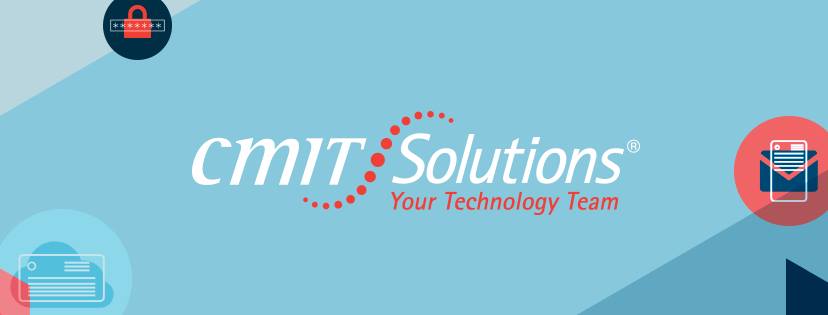What
is in your home and business?
Since I use and rely on technology
for my livelihood, I often try to keep things simple for myself, my family, and
my clients. However, in this
article I am breaking away from sound technology advice and focusing on the
cool side of technology.
Keep in mind that being in the
technology business does not preclude me from being surprised and amazed by advancements
that are popping up on a regular basis. For example: imagine my surprise the
first time I saw my family dancing while playing a video game in front of the
TV without a joystick or controller! For someone who learned on
the Atari system, this was a more impressive advancement than going from Pong
to Missile Command! Speaking to my phone and getting intelligent answers in
return is also pretty amazing. (Watching other people argue with their iPhones
is sometimes hilarious!)
So here is a short list of the
coolest things I have found for both business and personal use in the last
couple of years:
· DVR: (Digital
Video Recorder) I really can’t imagine watching TV without being able to pause,
rewind, and record a show or a game – without a VHS tape. It has really spoiled
me. (It does make it a little too easy to get a snack without missing anything
– good for the game, not for the diet…)
· Slingbox: a device
that will broadcast your TV signal to a secure account that is viewable via any
PC or tablet connected to the Internet. I use it all the time, especially when
I am out of town so I can keep up with the local teams back home.
· MIFI: a credit
card sized device that allows Internet access for up to 5 devices at once. It
works great anywhere that you can get a cell phone signal.
· iPad: amazing
little device with a ton of uses. One of which I discovered when I committed to
an airport pickup without realizing that I would miss a NY Giants Monday night
game… I had to think fast, so I went home early to be sure the Slingbox was
working. I then purchased the Slingbox app from the itunes store and I charged
the MIFI. Before I left I connected the MIFI for Internet access, and used the
slingbox app to connect to my DirecTV DVR. It all worked great and I watched
the game in the airport parking lot, and listened to it while I drove there and
back. The person I picked up was impressed, and they were able to watch the
game on the way home. (The Giants lost to the Saints that night, but the season
ended well, as you know!!)
· iPhone 4s:
what’s all the fuss? Well it is pretty amazing. Siri, the speech enabled
application, is not a toy; it reads me emails and articles aloud, it can send
text messages and emails without me tpying on the phone, and in general, it responds
well to verbal requests. Another positive about Siri is that she is very polite
and never speaks back to me. There are a ton of other apps that make the device
a useful phone, mp3 player, and mini laptop with high speed access to email and
the Internet. It also has a high def video camera and an 8 mega pixel camera.
· Remote access.
If you are not able to access your home and work PC remotely, you are missing
out on a very useful tool. In some cases the basic functionality is free, but
the more advanced functionality requires a subscription. All CMIT managed
clients should know that remote access to your work/managed PC is included at
no extra charge.
· Apple TV: a small
device that hooks up to your TV, connects to your Wi-Fi, and allows access to
internet, movies, and applications through the TV; it makes a standard TV web
enabled for $99! And, most impressively, it allows you to broadcast your
iPhone, iPad, and apple laptop screens on your TV. Now when we have some pictures
or videos from an event we can show the family without everyone crowding around
a PC or laptop screen.
Another cool and very useful product
that is not used daily in most homes or businesses is my new CMIT impressions
device. It is a 55inch high definition television, a web conferencing tool with
amazing sound and video clarity, a fully functional windows 7 tablet PC with
touch screen capabilities, Microsoft Office 2010, white boarding, and much
more. Since it is all integrated into one device it is very easy to set up. I
have one in my conference room and plan to install one in my family room in the
near future.
These are just a few of the new
devices that I use, install, and support in my business and personal life.











